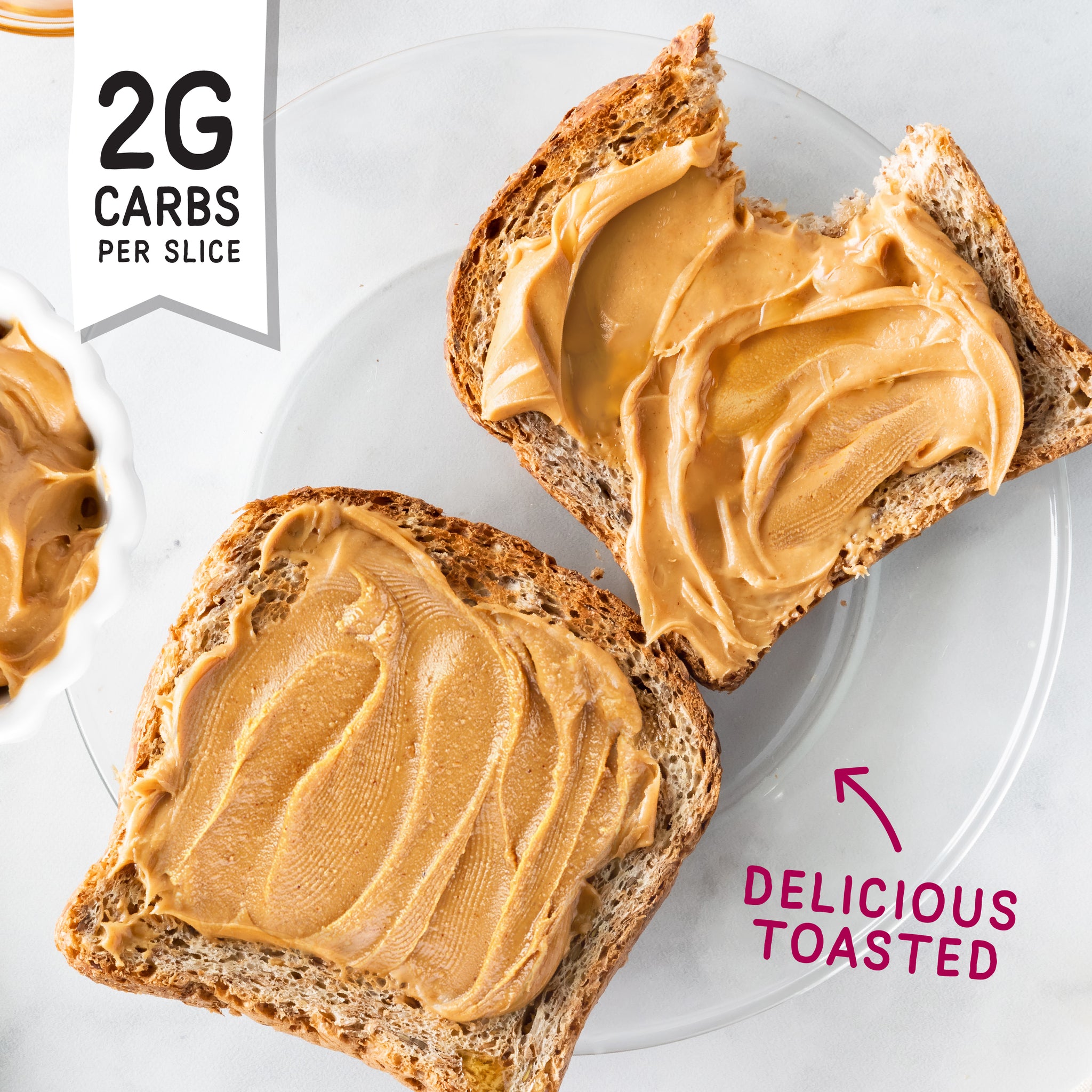The keto diet and bread have long been thought to be incompatible. The traditional bread is made from refined wheat that is loaded with carbohydrates. For anyone aiming to maintain ketosis, a small slice of bread from a bakery could sabotage progress by raising the blood sugar level and causing the body burn more glucose rather than fat. This caused many keto followers to eschew bread completely in order to avoid the convenience and comfort it brings to their daily meals. The development of baking technology, however, has changed the story.
What Is Ketogenic Diet Bread Exactly?
Ketogenic diet bread goes beyond low in carbs, it’s designed to be. Bakers substitute carb-rich flours for coconut, almond or flaxseed meal, mixing them with eggs or protein sources from plants to make a loaf that is rich in nutrition but nearly carb-free. One of the main features is the protein content, typically around 7 grams per slice. This makes it not only keto-friendly but additionally beneficial for muscle repair and appetite control.

Image credit: fitbakes.co.uk
The seed content is also important. Up to 17% of flax or sunflower keto bread gives you the benefits of omega-3 fatty acids as well as fiber. These nutrients help improve cardiovascular health, improve digestion and increase satiety, helping people who eat keto to stay fuller without cravings. Contrary to conventional breads with low calories that frequently compromise on taste, keto bread concentrates on flavor as well as health.
What role does low-carb bread in blood sugar management?
Low carb bread is not only a great option for dieting, but also helps to maintain the health of your metabolism. It assists in stabilizing blood sugar levels by reducing surges and crashes that could lead to the feeling of hunger, fatigue and resistance to insulin. For those who suffer from diabetes, this bread not just practical, it’s transformative. It offers the convenience of bread, while maintaining safe glucose levels.
Low carbohydrate bread works perfectly with plans to reduce calories. It’s a fantastic way to eat a delicious sandwich or breakfast toast. For individuals aiming for weight management, it becomes an ideal way to satisfy hunger while keeping both carb and calorie intake in check.
Keto Bread: A Practical Everyday Solution
The phrase “bread on keto” no longer indicates compromise. It’s a chance. Breakfasts can be as simple as avocado toast, ketobread with seeds, which provides healthy fats and fiber in an energizing meal. Lunches at the office can include cheese and turkey sandwiches, and not exceeding the daily limit for carbs. Even dinner options like garlic bread when made using low-carb loaves, allow comfort food to remain part of the lifestyle.
One of the biggest advantages of ketogenic breads is their flexibility. It’s not just a treat once in a while, it’s an everyday staple that makes keto living sustainable. It can be incorporated into every meal and helps eliminate the feeling of being restricted, which can cause people to quit diets.
What is the reason? Keto Bread Is the Future of Healthy Eating
These breads will be the future of healthful eating for everyone, not only those who are on keto. The high fiber content in the bread, protein from plants, and omega-rich seeds are components that can be beneficial to everyone in the world, not just those who are cutting carbs. Keto bread is appealing to people who are looking for a healthier alternative to white flour processed.
Unlike diet fads that feel temporary, keto bread represents an actual change in baking. It’s a solution to the practical problem of how to enjoy bread without carbohydrates, and also provide the long-term benefits.
Conclusion
The clash between keto diet and bread is no longer a stalemate. Thanks to innovation, ketogenic diet bread delivers the indulgence of a slice without jeopardizing ketosis. Since low-carb bread is accessible and readily available, people can enjoy toast, sandwiches and snacks without fearing that they will violate their goals for a low-carb diet. Bread on keto is more than just an alternative. It is the basis of modern nutrition, connecting the gap between comfort food and healthy living.



